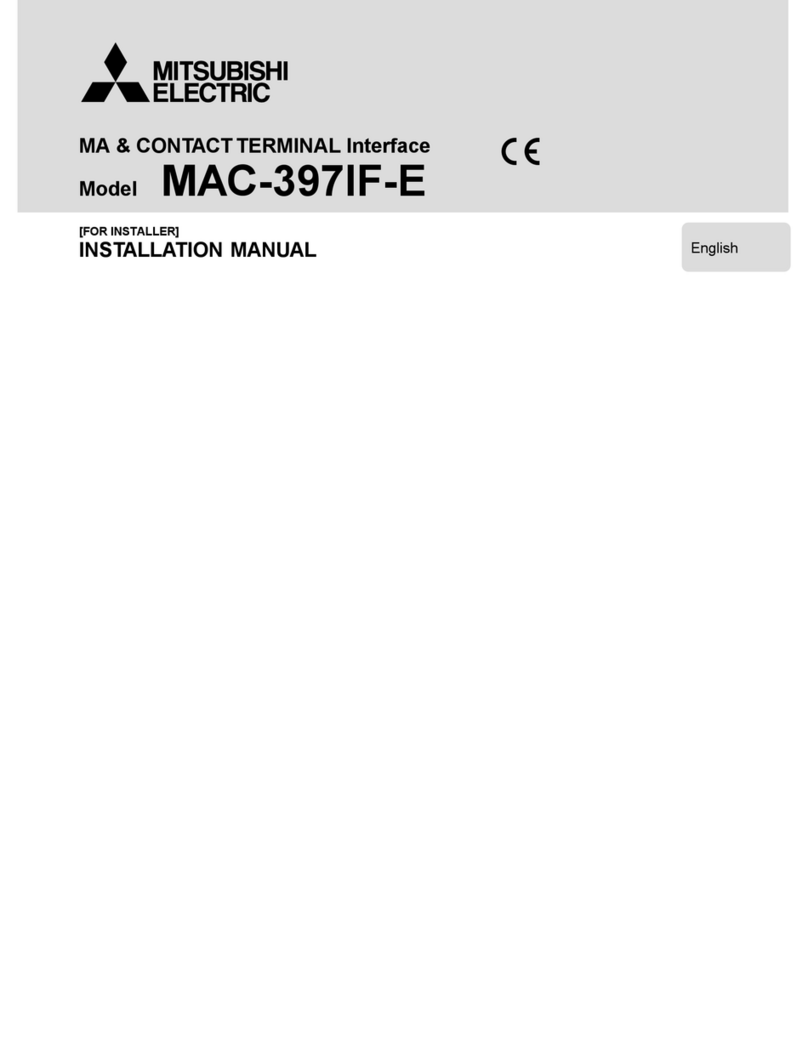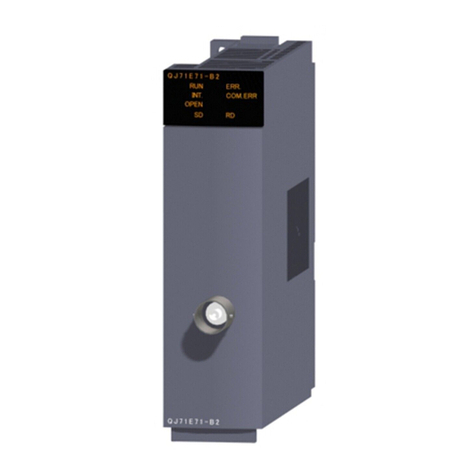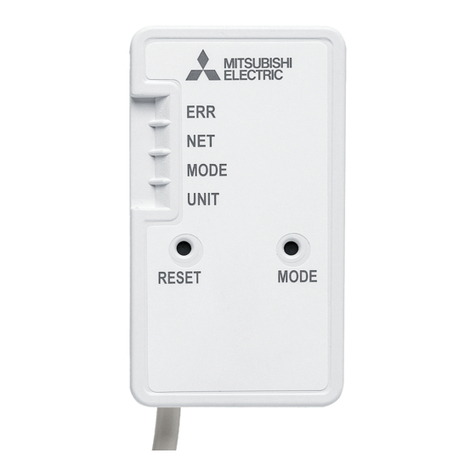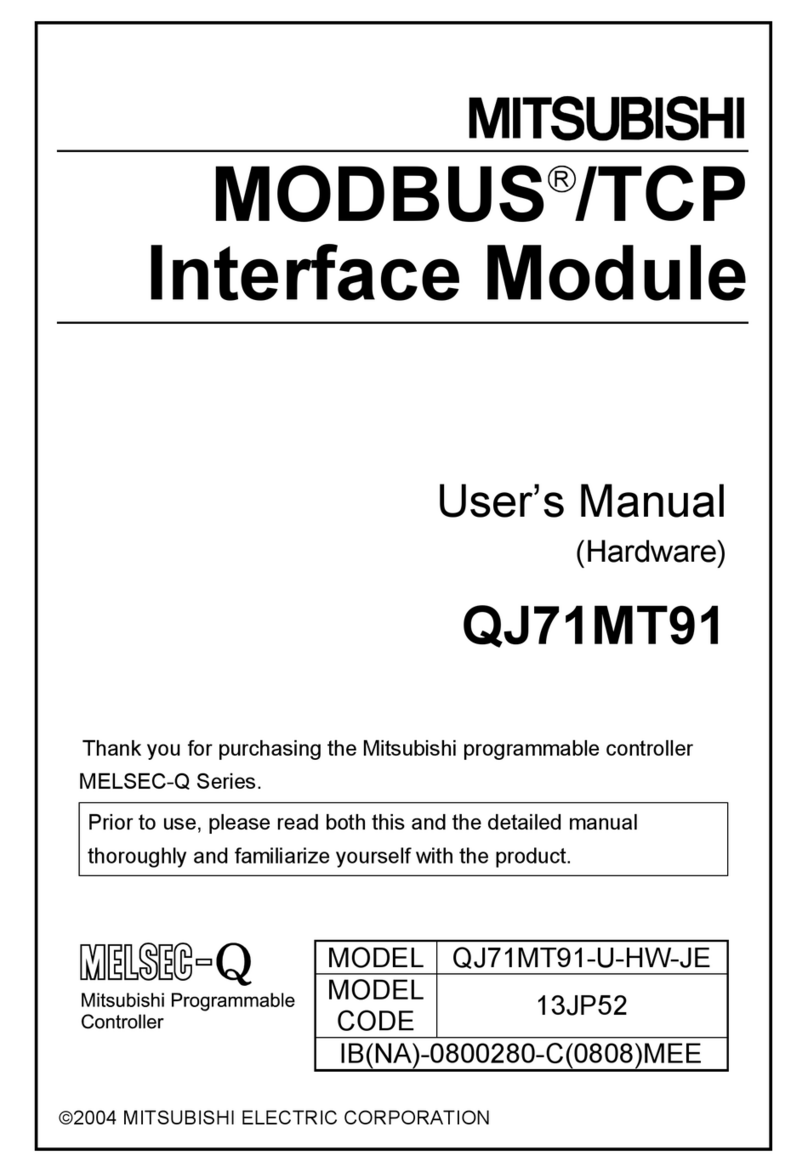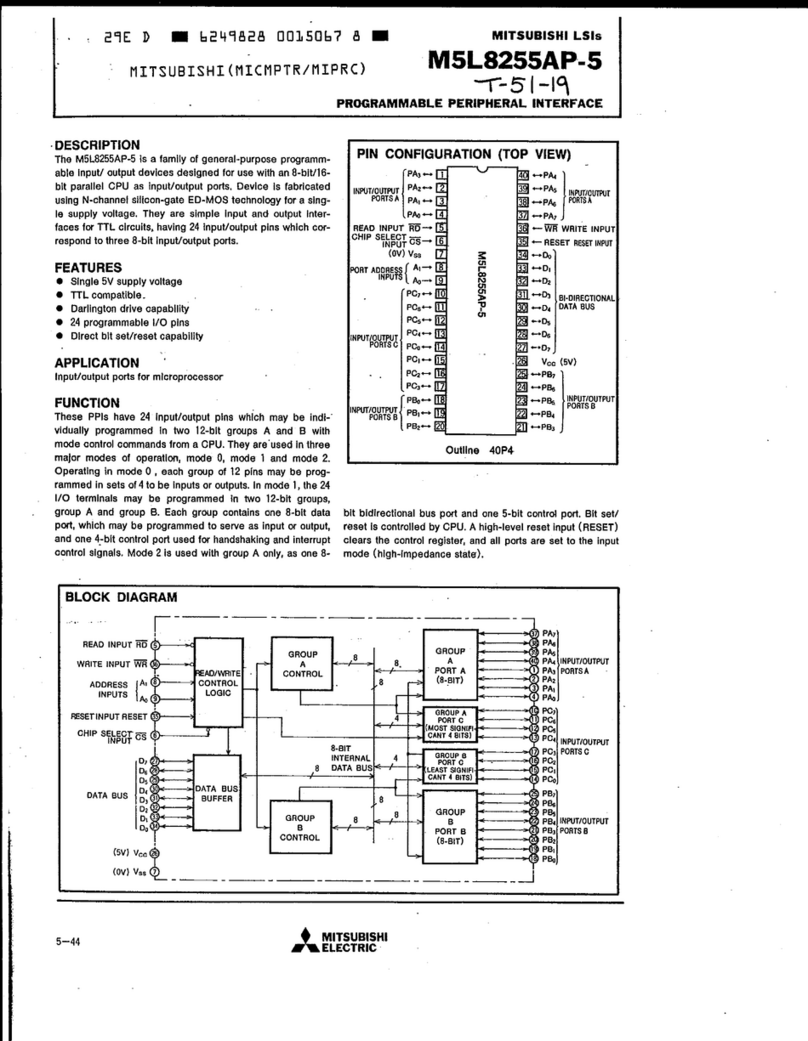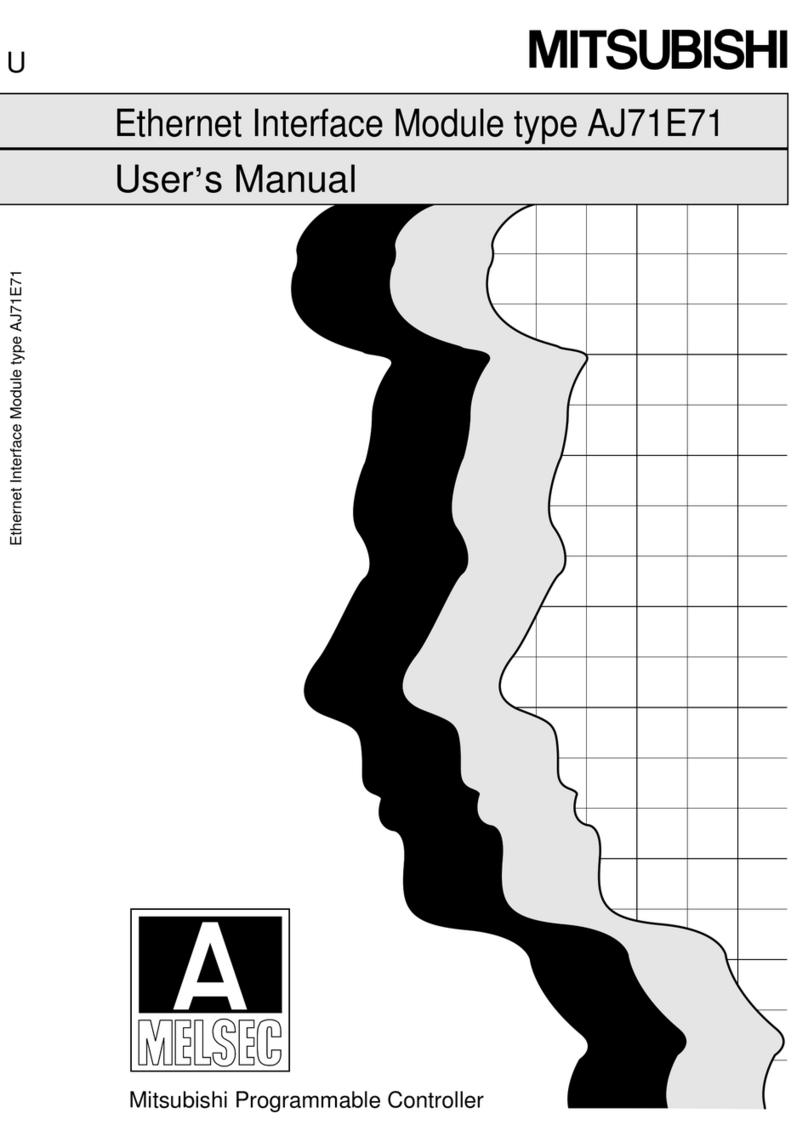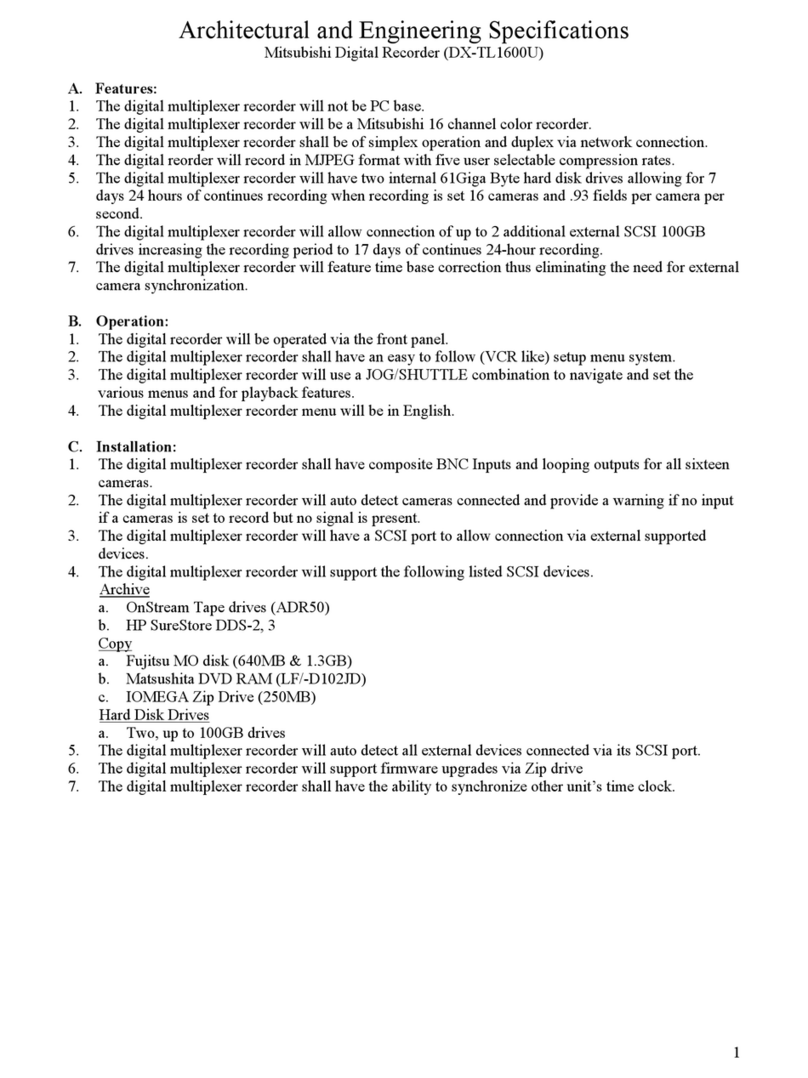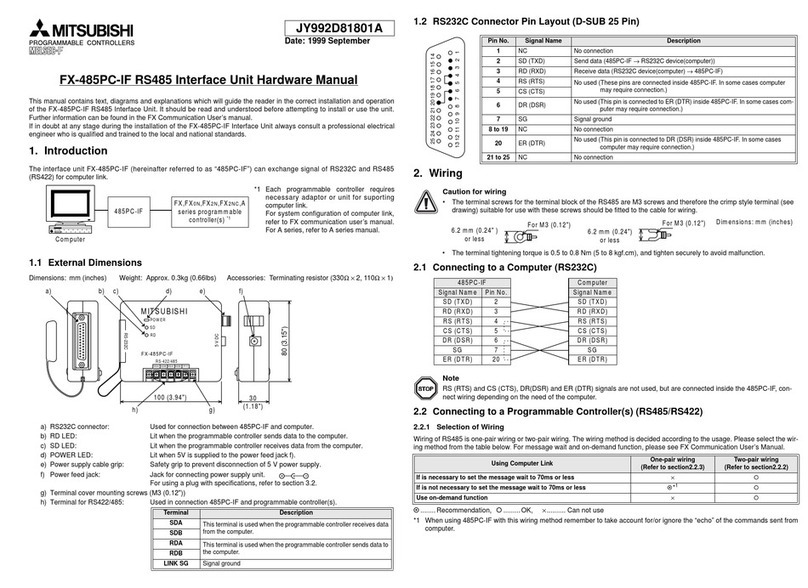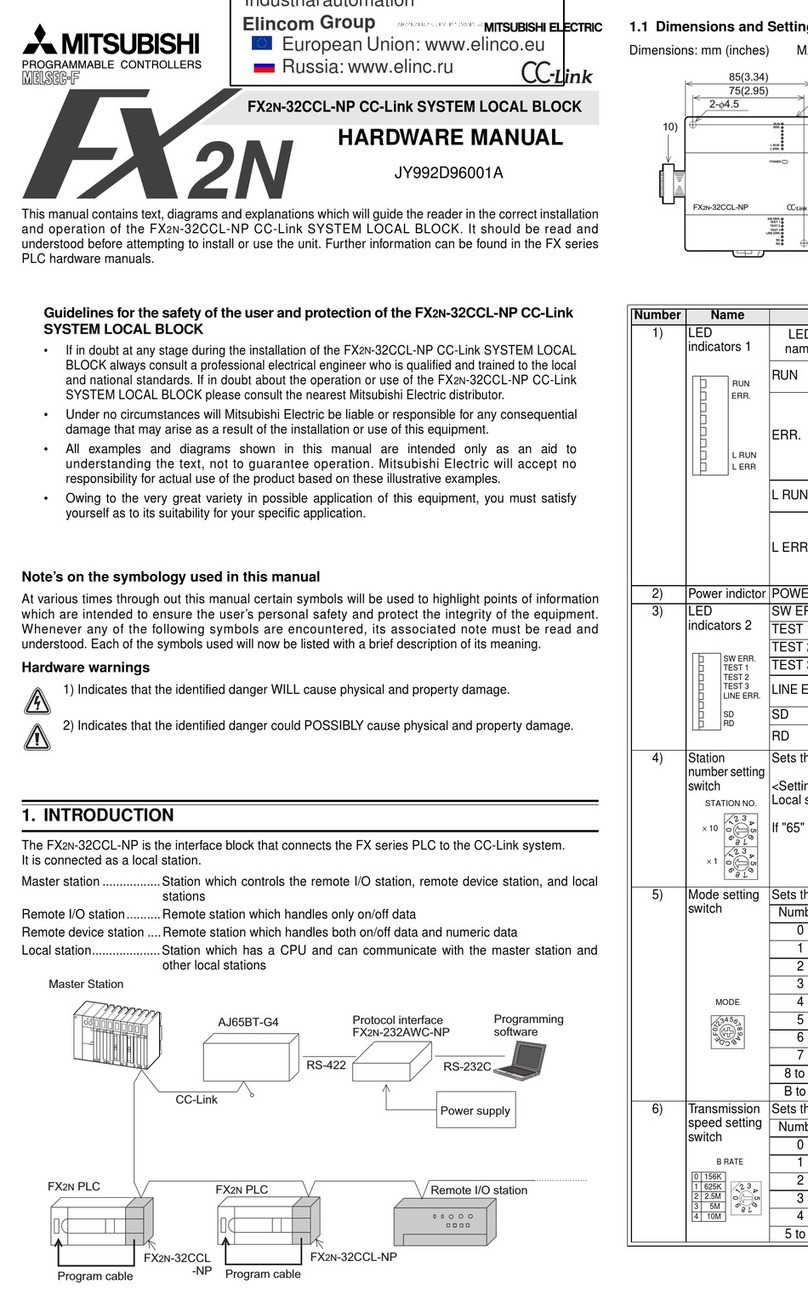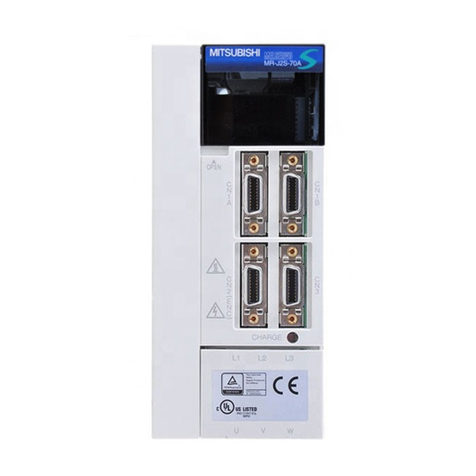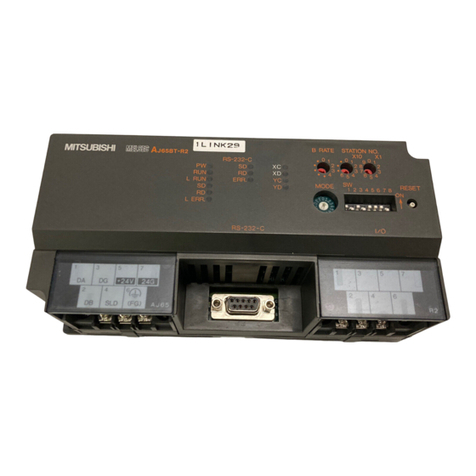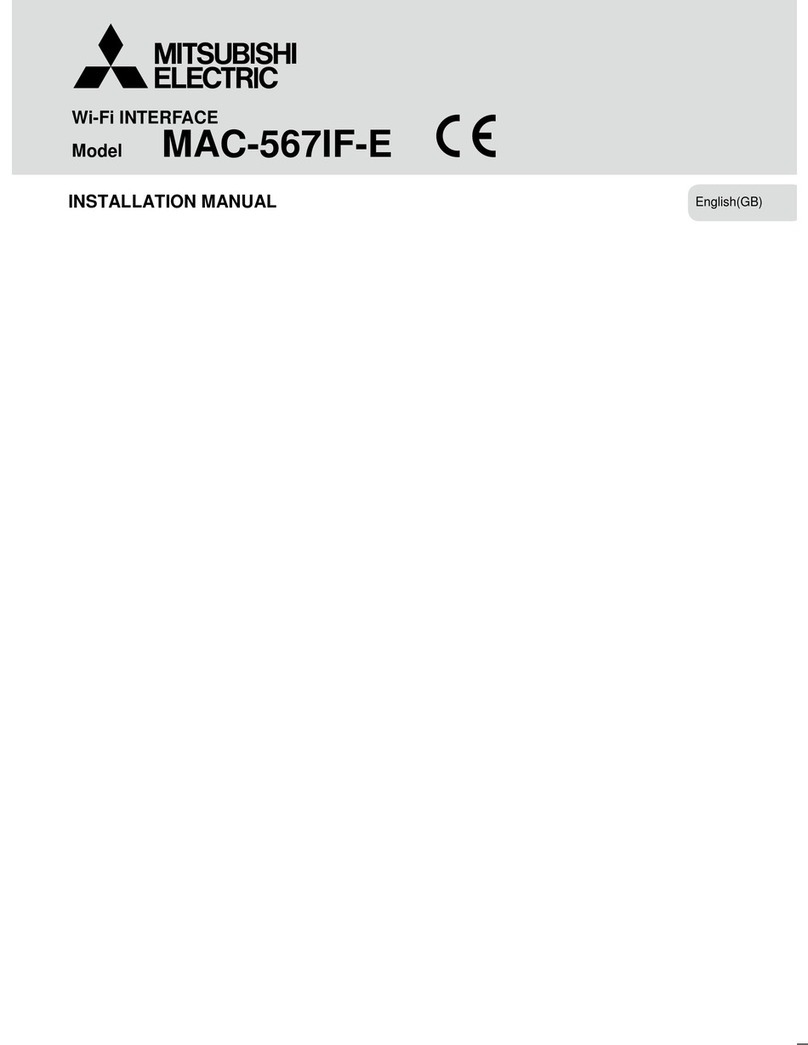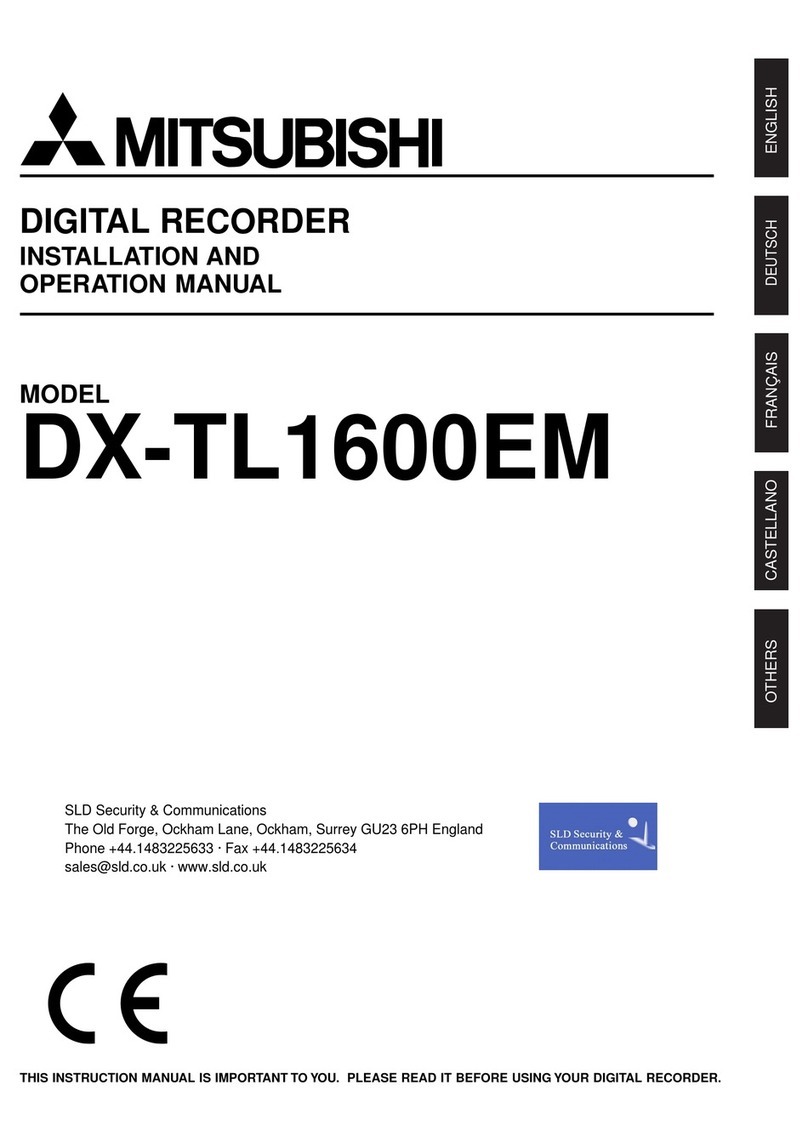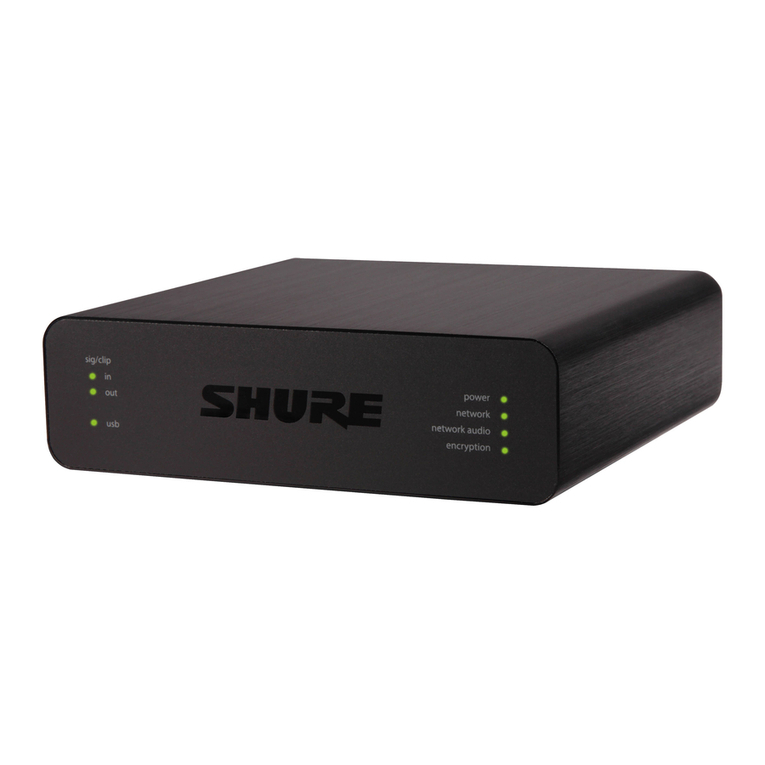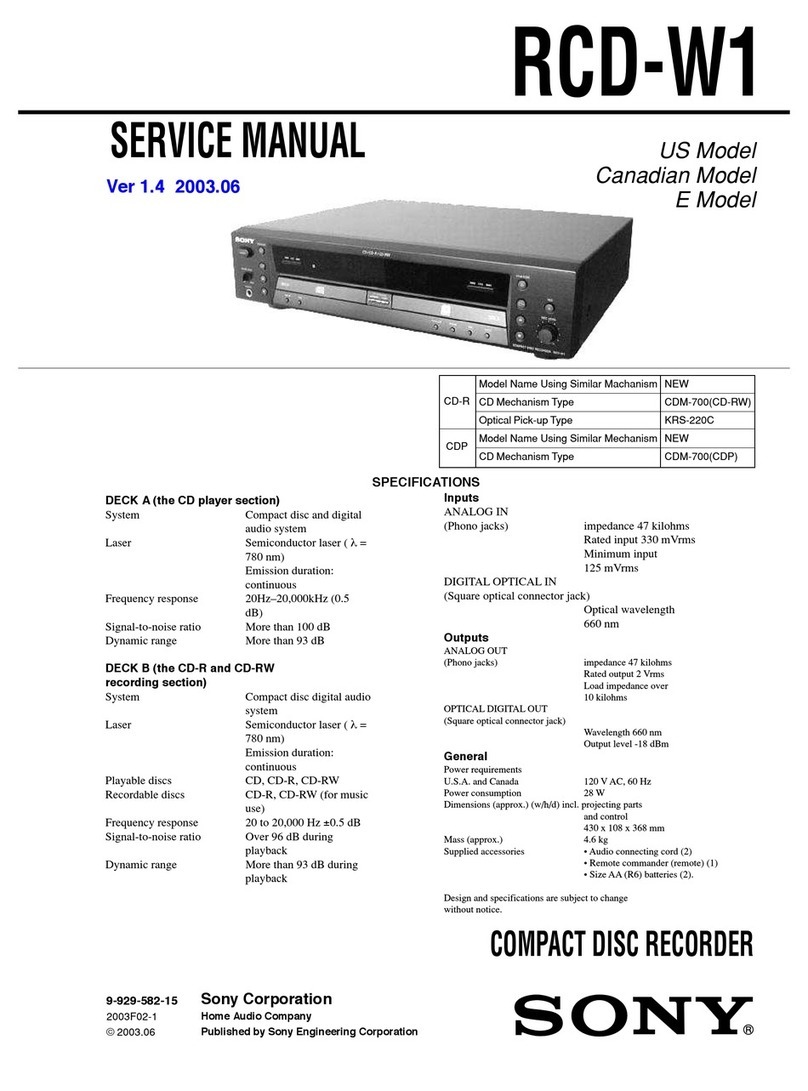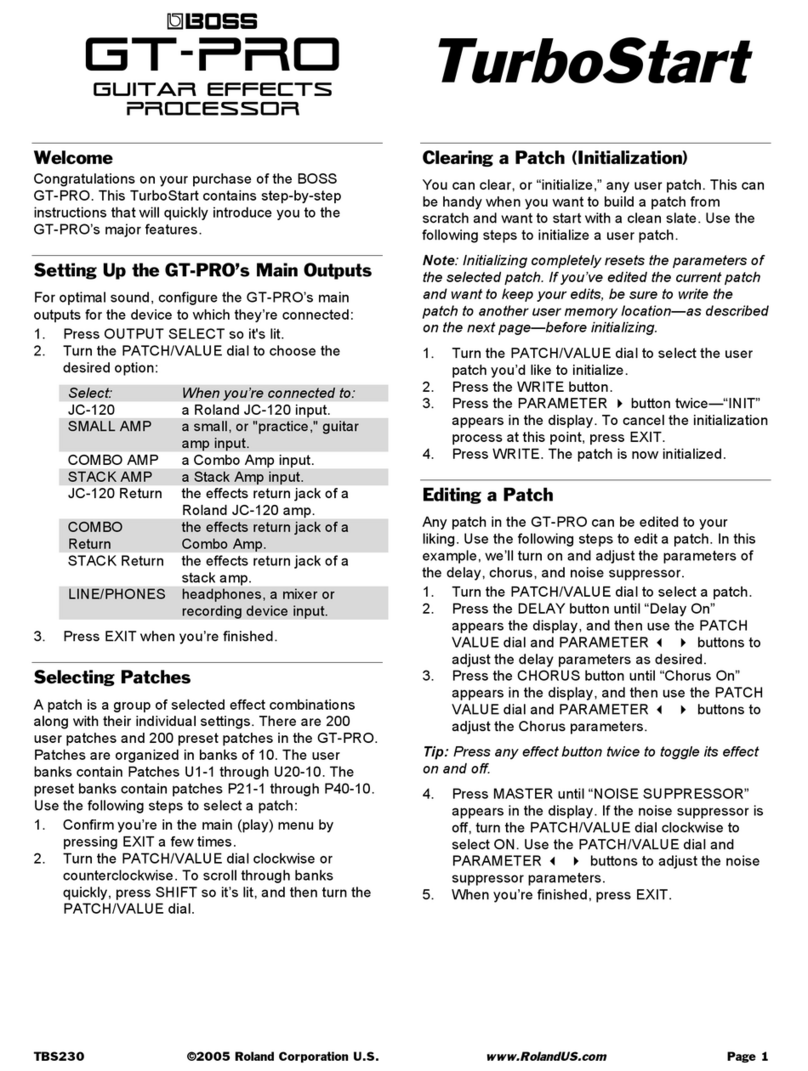Introduction
Thank you for purchasing the Mitsubishi Programmable Controller MELSEC-A Series.
Before using the equipment, plese read this manual carefully to develop full familiarity with the functions and
performance of the graphic operation terminal you have purchased, so as to ensure correct use.
Please forward a copy of this manual to the end user.
Table of Contents
About This Manual
1. OVERVIEW 1-1 to 1-2
1.1 Software Configuration......................................................................................................................................1- 1
1.2 AJ71PB92D/A1SJ71PB92D Features .............................................................................................................1- 2
2. SYSTEM CONFIGURATION 2-1 to 2-6
2.1 Whole System Configuration ............................................................................................................................2- 1
2.2 System Configuration Example.........................................................................................................................2- 2
2.3 Applicable CPU Modules ..................................................................................................................................2- 3
2.4 Installable Base Units .......................................................................................................................................2- 4
2.5 Combining with MELSECNET (II), MELSECNET/B, and MELSECNET/10.......................................................2- 4
2.6 Precautions for Configuring a System ..............................................................................................................2- 5
3. SPECIFICATIONS 3-1 to 3-10
3.1 General Specification........................................................................................................................................3- 1
3.2 Performance Specifications..............................................................................................................................3- 2
3.3 Network Configuration.......................................................................................................................................3- 3
3.3.1 Basic configuration ................................................................................................................................3- 3
3.3.2 Applicable configuration.........................................................................................................................3- 4
3.3.3 Number of connectable slaves ..............................................................................................................3- 8
4. FUNCTIONS 4-1 to 4-32
4.1 Functions for Exchanging with Slaves ..............................................................................................................4- 1
4.1.1 Exchange flow........................................................................................................................................4- 1
4.1.2 Global control functions.........................................................................................................................4- 2
4.2 I/O Signal..........................................................................................................................................................4- 5
4.2.1 I/O signal list..........................................................................................................................................4- 5
4.2.2 I/O signal detail description....................................................................................................................4- 6
4.3 Buffer Memory List............................................................................................................................................4- 9
4.3.1 Buffer memory/configuration..................................................................................................................4- 9
4.3.2 Buffer memory detailed description.......................................................................................................4-10
4.4 While-Run Operation Mode Changing Function...............................................................................................4-30
4.5 AJ71PB92D/A1SJ71PB92D's Remote Parameter Setting Function Using MELSEC ProfiMap
Configuration Software......................................................................................................................................4-31
4.6 E2PROM initialization function..........................................................................................................................4-32
5. PROCEDURES BEFORE SYSTEM OPERATION 5-1 to 5-10
5.1 Procedures before Operation............................................................................................................................5- 1
5.1.1 Parameter setting procedure.................................................................................................................5- 2
5.2 Handling Precautions........................................................................................................................................5- 3
5.3 Part Names and Settings..................................................................................................................................5- 4
